
Southern Ground Hornbill (Bucorvus leadbeateri) |
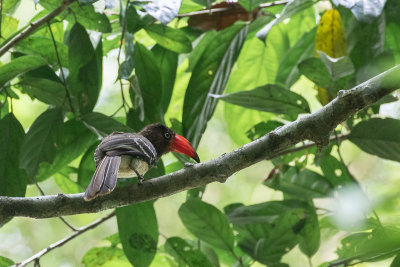
Red-billed Dwarf Hornbill (Lophoceros camurus) |

Red-billed Dwarf Hornbill (Tockus camurus) |
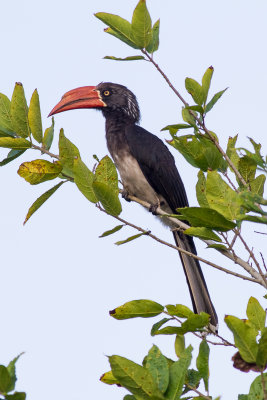
Crowned Hornbill (Tockus alboterminatus) |
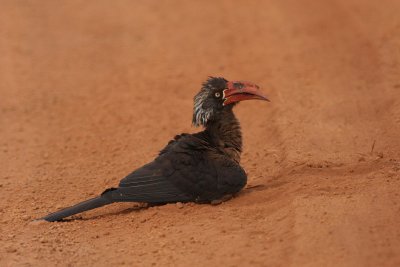
Crowned Hornbill (Tockus alboterminatus) |

West African Pied Hornbill (Lophoceros semifasciatus) |
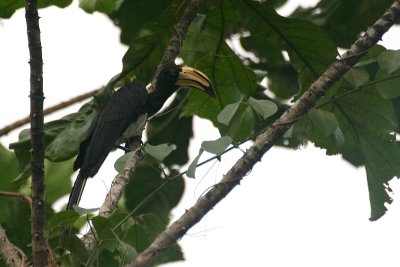
Congo Pied Hornbill (Lophoceros fasciatus) |

Congo Pied Hornbill (Lophoceros fasciatus) |
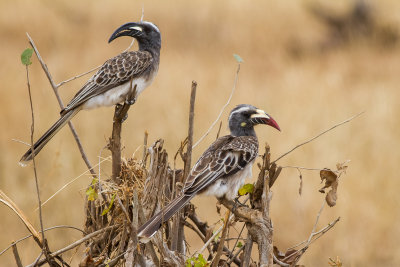
African Grey Hornbill (Tockus nasutus) |
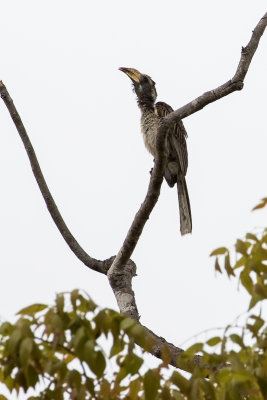
Pale-billed Hornbill (Lophoceros pallidirostris) |
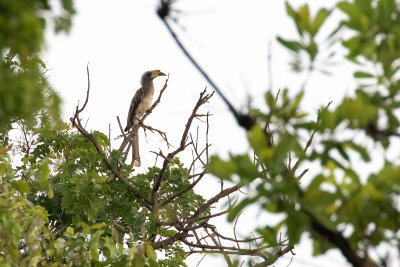
Pale-billed Hornbill (Lophoceros pallidirostris) |
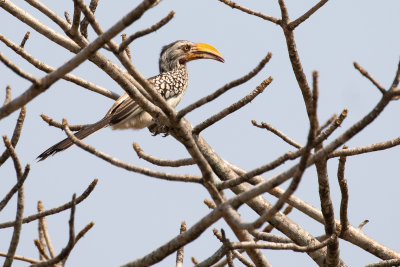
Southern Yellow-billed Hornbill (Tockus leucomelas) |

Southern Yellow-billed Hornbill (Tockus leucomelas) |
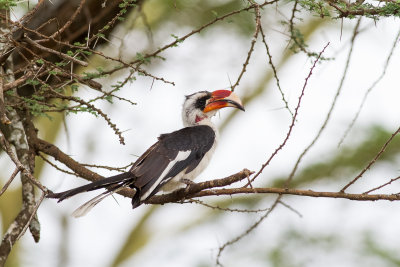
Von der Decken's Hornbill (Tockus deckeni) |

Von der Decken's Hornbill (Tockus deckeni) |
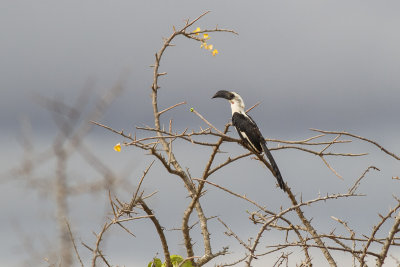
Von der Decken's Hornbill (Tockus deckeni) |
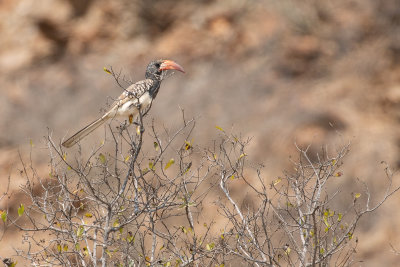
Monteiro's Hornbill (Tockus monteiri) |
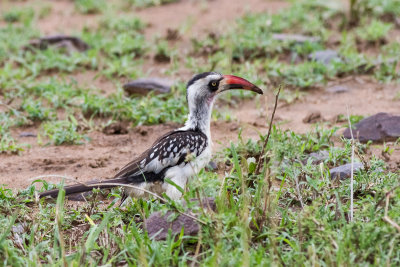
Tanzanian Red-billed Hornbill (Tockus ruahae) |

Western Long-tailed Hornbill (Horizocerus albocristatus) |

Yellow-casqued Hornbill (Ceratogymna elata) |
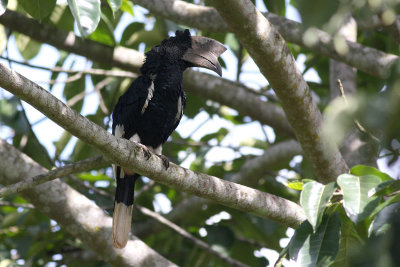
Black-and-white Casqued Hornbill (Bycanistes subcylindricus) |
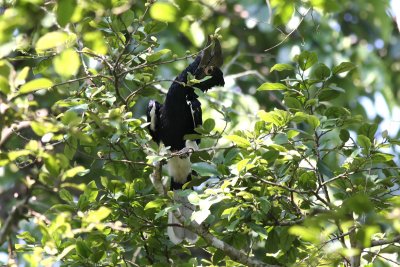
Black-and-white Casqued Hornbill (Bycanistes subcylindricus) |
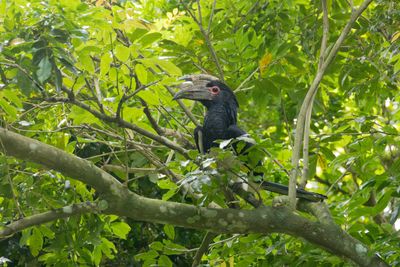
Trumpeter Hornbill (Bycanistes bucinator) |

Piping Hornbill (Bycanistes fistulator) |

Eastern Piping Hornbill (Bycanistes sharpii) |
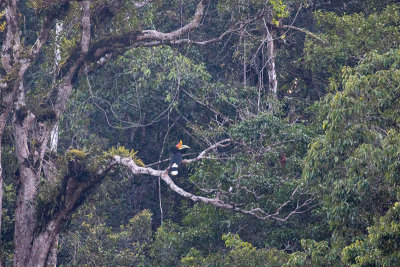
Rhinoceros Hornbill (Buceros rhinoceros) |

Austen's Brown Hornbill (Anorrhinus austeni) |
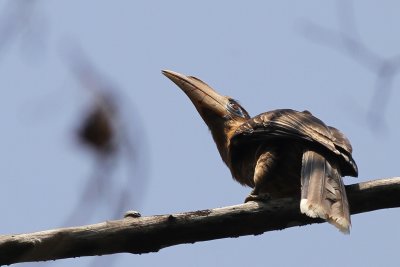
Tickell's Brown Hornbill (Anorrhinus tickelli) |

Oriental Pied Hornbill (Anthracoceros albirostris) |
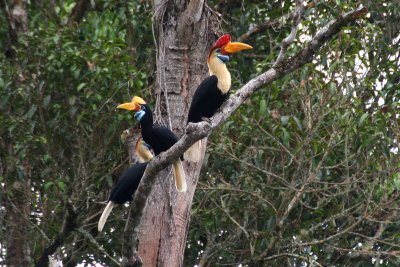
Knobbed Kornbill (Aceros cassidix) |
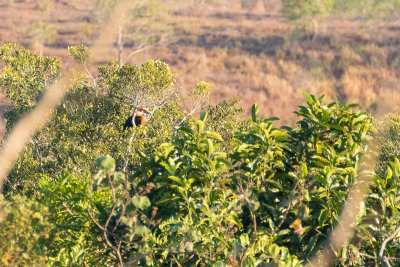
Sumba Hornbill (Rhyticeros everetti) |

Blyth's Hornbill (Rhyticeros plicatus) |
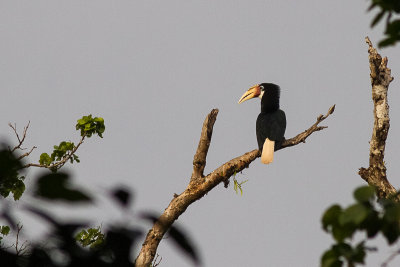
Blyth's Hornbill (Rhyticeros plicatus mendanae) |
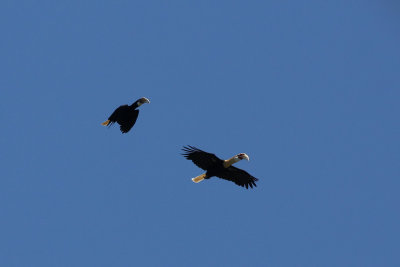
Blyth's Hornbill (Rhyticeros plicatus) |
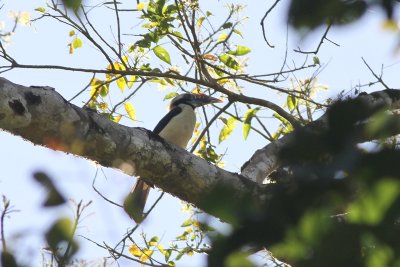
Mindoro Hornbill (Penelopides mindorensis) |











